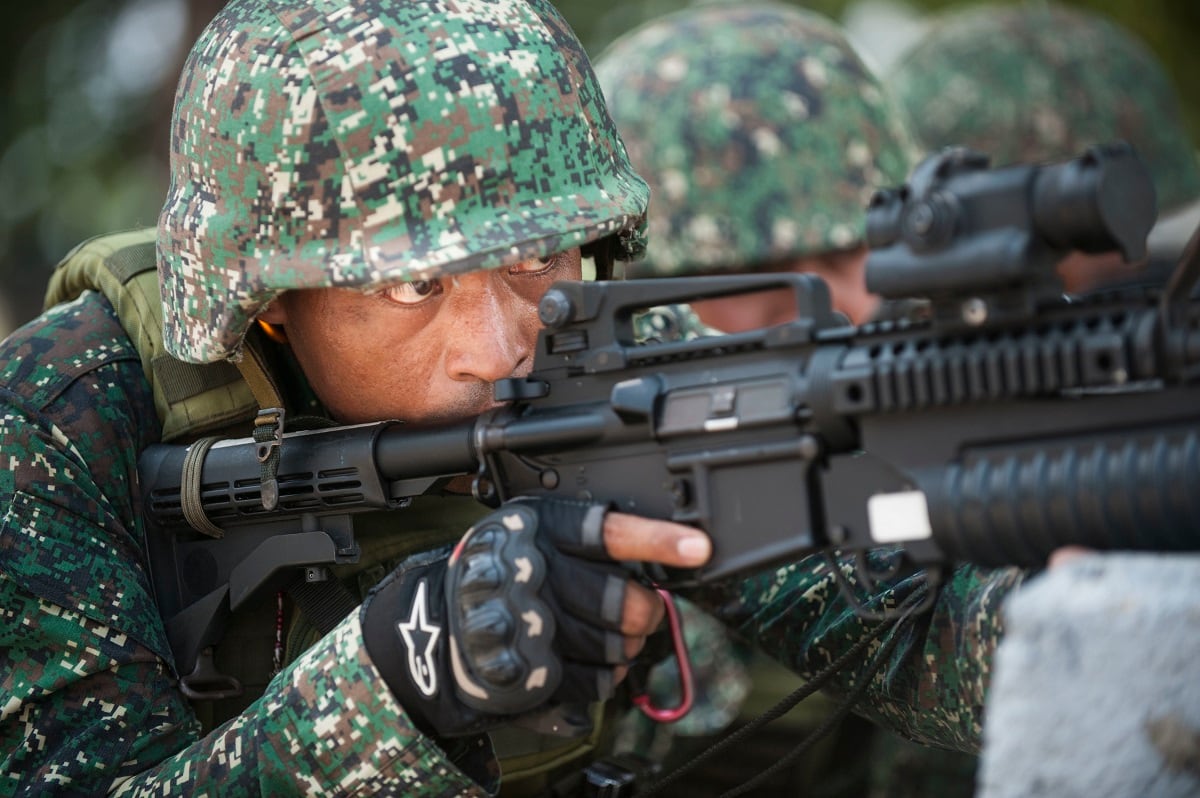MELBOURNE, Australia — The Royal Thai Air Force has set out its procurement priorities for the coming decade, with new transport aircraft, combat search-and-rescue helicopters, and light attack aircraft topping the list.
The RTAF also plans to add new fighters to replace its older aircraft, although these will be longer-term priorities, it said in a whitepaper released Feb. 20.
One of the service’s key procurement programs is the replacement of its fleet of Lockheed Martin C-130H Hercules transport aircraft. The replacement aircraft would need to be compatible with Thailand’s Link T data link system, which the RTAF is in the process of rolling out.
The document describes how the southeast Asian nation will seek a dozen new airlifters, with the program split into three phases: four aircraft sought between 2022 and 2025, and a similar number planned for each of the remaining two batches, 2024-2026 and 2026-2029.
The RTAF also plans to acquire two more Korea Aerospace Industries T-50TH lead-in fighter trainer. Thailand has 12 of the planes on order, and $77.5 million has been allocated to the program for delivery of the two additional aircraft by 2022.
The T-50THs already in the Air Force’s inventory will likely give KAI an edge to fulfill Thailand’s requirement for a light attack aircraft type to replace the Czech-built Aero Vodochody L-39 trainers, as the Korean company already developed a light attack variant of the T-50 known as the F/A-50 or TA-50, depending on their equipment fit.

The service plans to replace its remaining L-39ZA/ART aircraft, which have been in service since the mid-1990s. They’re to be decommissioned in 2022. The replacement effort will be done in two phases, with eight aircraft sought between 2021 and 2023 and a further four between 2022 and 2024. A budget of $143 million has been earmarked for the first phase.
Helicopters are also on the RTAF’s shopping list. Thailand wants six more combat search-and-rescue platforms to replace the Bell UH-1s and 412s currently in service, bolstering the Airbus H225M fleet that has taken over some of these duties. The whitepaper also flagged more S-70i Black Hawk helicopters as a requirement, although no other details were provided.
Longer-term fighter aspirations
The RTAF also wants to bolster its air combat arm, although this mostly involves longer-term projects that do not have funding.
An exception, however, is the upgrade of Saab JAS 39C/D Gripen fleet to the MS-20 standard, which involves integration of new weapons, upgrades to sensors and communications, as well as new radar functions and improvements to the pilot-aircraft interface. And the service’s pair of Saab 340 airborne early warning aircraft are also to receive upgrades to improve command-and-control capabilities in the near term.
The Swedish-built Saab 340s are flagged for replacement between 2027 and 2029, and Thailand plans to approach Sweden for the acquisition of another Gripen as an attrition replacement between 2023 and 2025 to replace an aircraft that crashed at an air show in southern Thailand in 2017.
Thailand had acquired the Gripens to replace some of its Northrop Grumman F-5E/F Tiger II interceptors, but budget issues prevented further buys. Instead, the country turned to Israel’s Elbit Systems to upgrade its surviving Tiger IIs to the F-5TH Super Tigris.

The service also plans to buy new fighter jets to replace older Lockheed Martin F-16s, which have not been upgraded. Twelve F-16A/B air defense fighters followed by a similar number of F-16A/B Block 15s will be replaced in four phases of six new fighters each, expected to take place 2023-2026, 2025-2028, 2028-2031 and 2030-2033.
However, the whitepaper acknowledged that due to budget limitations, the RTAF is unable to replace all of its aging inventory with new acquisitions. And the document stated that any new procurements must focus on platforms that can perform the service’s “main missions,” which include supporting civil missions such as humanitarian assistance and disaster relief in the kingdom. The country is often afflicted by natural disasters such as monsoonal flooding — something the whitepaper noted as justification for prioritizing new airlifters and search-and-rescue helicopters.
The document also emphasized that the service needs to manage the technology gap between new and legacy systems in a practical manner. Upgrades to legacy systems are managed in conjunction with advancing the capabilities of Thailand’s defense industry, which was involved in the recent upgrade of some of Thailand’s F-16 and F-5E/F aircraft. This approach is meant to allow the RTAF to maximize the viability of its existing inventory while remaining within budget limitations.
RELATED

Mike Yeo is the Asia correspondent for Defense News.








